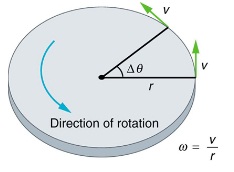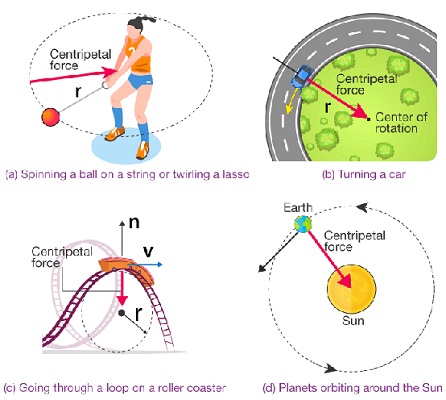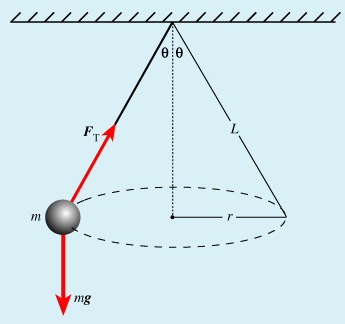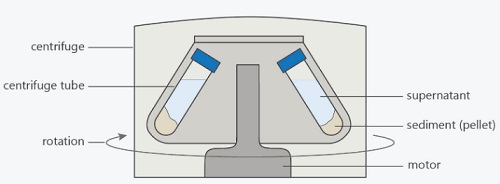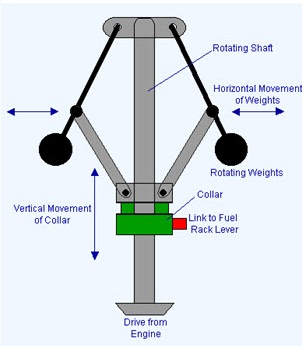Consider a mass ‘m’ tied to a string of length ‘r’ and moving in a vertical circle as shown below.
At position 1– both weight (mg) and tension T are in the same direction and the centripetal
force is provided by both, hence T1 + mg = mv
2/r. T1 = mv
2/r – mg.(The velocity decreases as
T1decreases since mg is constant).T1will be zero when mv
2/r = mg and thus v = √ – this is the
value of minimum speed at position 1 which keeps the body in a circle and at this time when T = 0 the string begins to slacken.
At position 2– the ‘mg’ has no component towards the centre thus playing no part in providing
the centripetal force but is provided by the string alone.
T2 = mv
2/r
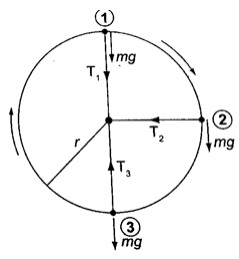
At position 3– ‘mg’ and T are in opposite directions, therefore;
T3 – mg = mv2/r; T3 = mv2/r + mg– indicates that the greatest value of tension is at T3 or at the
bottom of the circular path
Examples
1. A ball of mass 2.5 × 10-2 kg is tied to a string and whirled in a horizontal circular path at
a speed of 5.0 ms-2
If the string is 2.0 m long, what centripetal force does the string
exert on the ball?
Solution
Fc = mv2/r = (2.5 × 10-2) × 52/ 2.0 = 0.31 N.
2. A car of mass 6.0 × 103kg is driven around a horizontal curve of radius 250 m. if the
force of friction between the tyres and the road is 21,000 N. What is the maximum speed
that the car can be driven at on a bend without going off the road?
Solution
Fc = force of friction = 21,000, also Fc = mv2/r, hence
21,000 = (6.0 × 103) × v2/ 250, v2= (21,000 × 250) /6.0 × 103
3. A stone attached to one end of a string is whirled in space in in a vertical plane. If the
length of the string is 80 cm, determine the minimum speed at which the stone will
describe a vertical circle. (Take g = 10 m/s2).
Solution
Minimum speed v = √ = √ × 10 = 2.283 m/s.
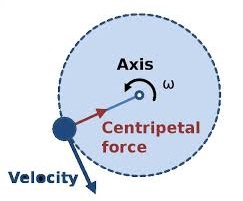



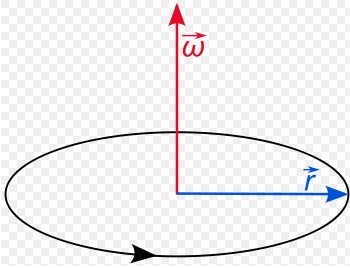 <
<
